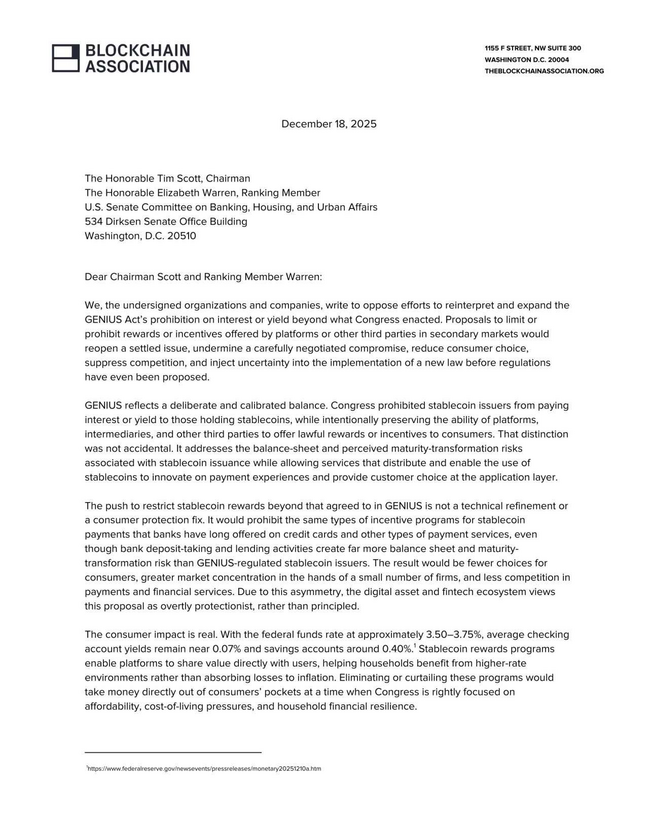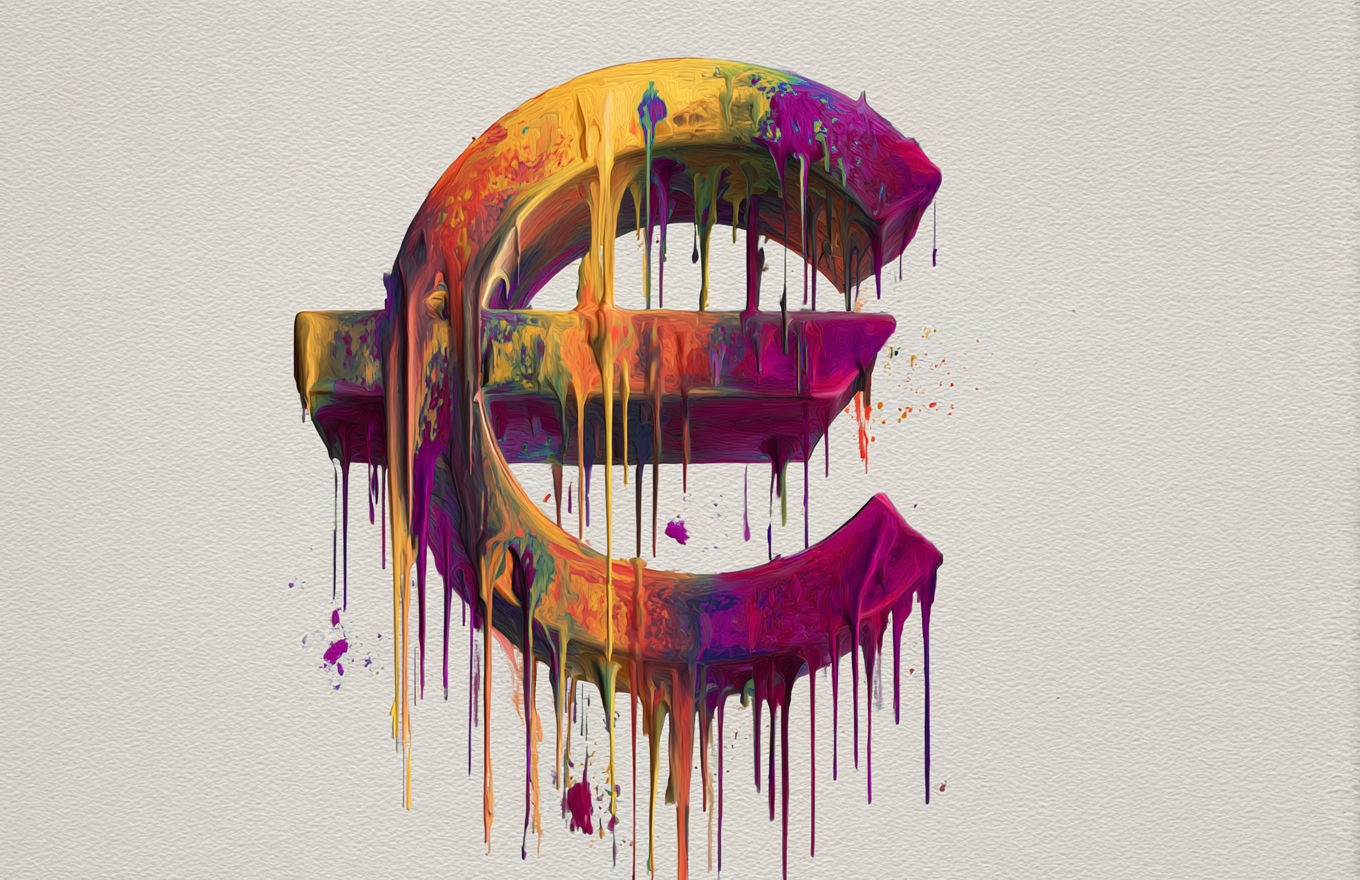Many people are questioning the need for crypto and blockchain in the payments industry. They argue that we already have multiple electronic payment methods that are working efficiently and cater to the digitally savvy population. However, it's important to note that a significant number of current payment systems, particularly for cross-border payments, still rely on traditional methods of transferring funds where the communication about payment is detached from the actual transaction. For instance, the SWIFT network only sends payment orders between banks using SWIFT codes, but doesn't transfer funds directly. In contrast, crypto offers a transformative approach where the message and payment are processed simultaneously in real-time.
How does crypto achieve this? By creating new payment infrastructure based on blockchain technology. This includes not only Bitcoin's blockchain but also various other distributed ledger technologies (DLTs) and protocols such as Ethereum, Ripple, Stellar, Binance Smart Chain, Solana, Avalanche, and more, all of which facilitate transactions.
However, some argue that these systems are not scalable. For instance, the Bitcoin blockchain can handle only around 5 transactions per second, while Ethereum can handle about twice that number. By comparison, Visa processes 1,500-2,000 transactions per second, rendering blockchain technology inadequate. So why not just stick with existing solutions? The challenge is that Bitcoin, Ethereum, and other blockchains aim to maintain a high level of decentralization while competing with centralized payment systems like Visa.
Layer two protocols have been proposed as a potential solution to address blockchain performance issues while preserving the core properties of the underlying blockchain. However, it's important to address the fundamental challenges before exploring such solutions.

A Layer One Blockchain
To grasp the concept of layer two, let's start with the fundamentals. Layer one, also known as the main network or 'mainnet', is the underlying infrastructure of a blockchain that establishes the basic rules of the ecosystem, validates and finalises transactions, and features decentralisation and security, which are maintained by a diverse, global network of developers and participants, including validators. Ethereum, Bitcoin, Solana, BNB Chain, Avalanche, Cardano, Algorand, Elrond, Celo, Terra, Near, Hyperledger, and numerous others are examples of layer 1 protocols.
However, maintaining a fully functional ecosystem demands significant resources, making scalability a challenge for layer one. Large blockchains like Bitcoin have struggled to process transactions during times of increased demand, making it unrealistic for applications like blockchain games to use the Bitcoin network due to lengthy transaction times. Nevertheless, such applications may still want to utilize layer one's security and decentralisation.
To address the scaling issue in layer one, several options exist, including increasing block size, modifying the consensus mechanism from Proof of Work to Proof of Stake (as with the Ethereum 2.0 update), and implementing sharding, a type of database partitioning. For example, Elrond, a layer-one network founded in 2018, employs sharding to enhance its performance and scalability, allowing it to process over 100,000 transactions per second (TPS). Celo is another layer one network that uses a phone number or email address as a public key and has over 100 million confirmed transactions. SegWit and the 2017 fork of Bitcoin, Bitcoin Cash, are other examples of increasing block size to allow for more transactions to be processed in each block.

A Layer Two Blockchain
To address the scaling issue, layer two solutions are considered the most effective option. These solutions are built on top of main chains and are known as off-chain solutions or separate blockchains that help reduce bottlenecks with scaling and data. Layer two protocols create a secondary framework that manages transactions and decreases the burden on the main network, allowing for greater transaction inclusion and throughput.
On Ethereum, layer two solutions such as Arbitrum, Optimism, Loopring, zkSync, Polygon, Plasma, and others are available. For instance, Polygon aims to address Ethereum's scalability problems by processing transactions on a separate Ethereum-compatible blockchain and returning them to the main blockchain after processing. This method reduces the network load on Ethereum, speeds up transactions, and lowers transaction costs to less than a cent. Polygon enables users to interact with any decentralised application (DApp) without having to worry about network congestion.
The most well-known layer two protocol for Bitcoin is the Lightning Network.

Bitcoins Layer Two: The Lightning Network
The Lightning network is a Layer two solution that enhances the scalability of Bitcoin transactions, enabling them to be processed quickly and cost-effectively. Instead of relying on a central authority, the network consists of user-generated channels that allow payments to be sent back and forth in a trustless manner. For example, if I want to pay another user for watching their video, I can create a Lightning channel to pay for each minute of the video I watch. As time passes, payments can be periodically made from my wallet to theirs, and when I'm done watching, we can close the channel to settle the net amount on the Bitcoin blockchain.
Since these transactions only involve two parties and do not require network-wide broadcasting, they can be completed almost instantly. Moreover, transaction fees are kept low or even eliminated, as there is no need to incentivize miners to process the transactions.
Lightning Network Real World Usage
While the Lightning network has the potential to disrupt established players, its adoption is currently limited, albeit growing. Arcane Research estimated that Lightning facilitated between USD 20-30 million in monthly payments in Q1 2022, representing a 4x increase from the previous year. However, this is a far cry from the USD 866 billion processed by Visa each month.
Initially, few merchants accepted Lightning payments when the network was first implemented. However, as it became easier to use, more merchants began gradually accepting these payments. At present, over 640 online and physical stores support Lightning payments with the help of tech providers like BTCPay Server and OpenNode. When El Salvador recognized Bitcoin as legal tender, major companies such as McDonald's and Starbucks quickly integrated Lightning payments.
Companies such as NCR Corporation and other point-of-sale providers have expressed interest in becoming interoperable with the Lightning network. Square, a leading point-of-sale software and equipment provider for small and medium-sized businesses, and its parent company Block are among the most pro-Bitcoin firms. Their Cash App already supports Lightning payments, and they have multiple Bitcoin-focused development units.
Bridges
The Web3 ecosystem has evolved into an interconnected network of layer one blockchains and layer two scaling solutions, each with unique strengths and weaknesses. However, as the number of blockchain protocols increases, the need for bridges to move assets across chains also grows.
Without bridges, blockchains operate in isolation and are unable to communicate with each other due to their incompatible rules, governance mechanisms, native assets, and data. Two-way communication and trust between blockchains require something in the middle, a bridge.
Blockchain bridges enable users to move assets, lower transaction fees, and explore blockchain ecosystems. They also enhance scalability and interoperability, allowing for the exchange of tokens, assets, and data across different blockchains, whether between layer one and layer two protocols or various sidechains.
There are two types of bridges: trusted and trustless. Trusted bridges rely on a central entity or system and have trust assumptions concerning the custody of funds and security. In contrast, trustless bridges operate using smart contracts and algorithms, allowing users to remain in control of their funds. Many bridging solutions adopt models between these two extremes with varying degrees of trustlessness.
However, cross-chain bridges are vulnerable to attacks because they often feature a central storage point of funds that back the bridged assets on the receiving blockchain. Effective bridge design remains an unresolved technical challenge, with varying models presenting novel attack vectors that may be exploited by bad actors.
































